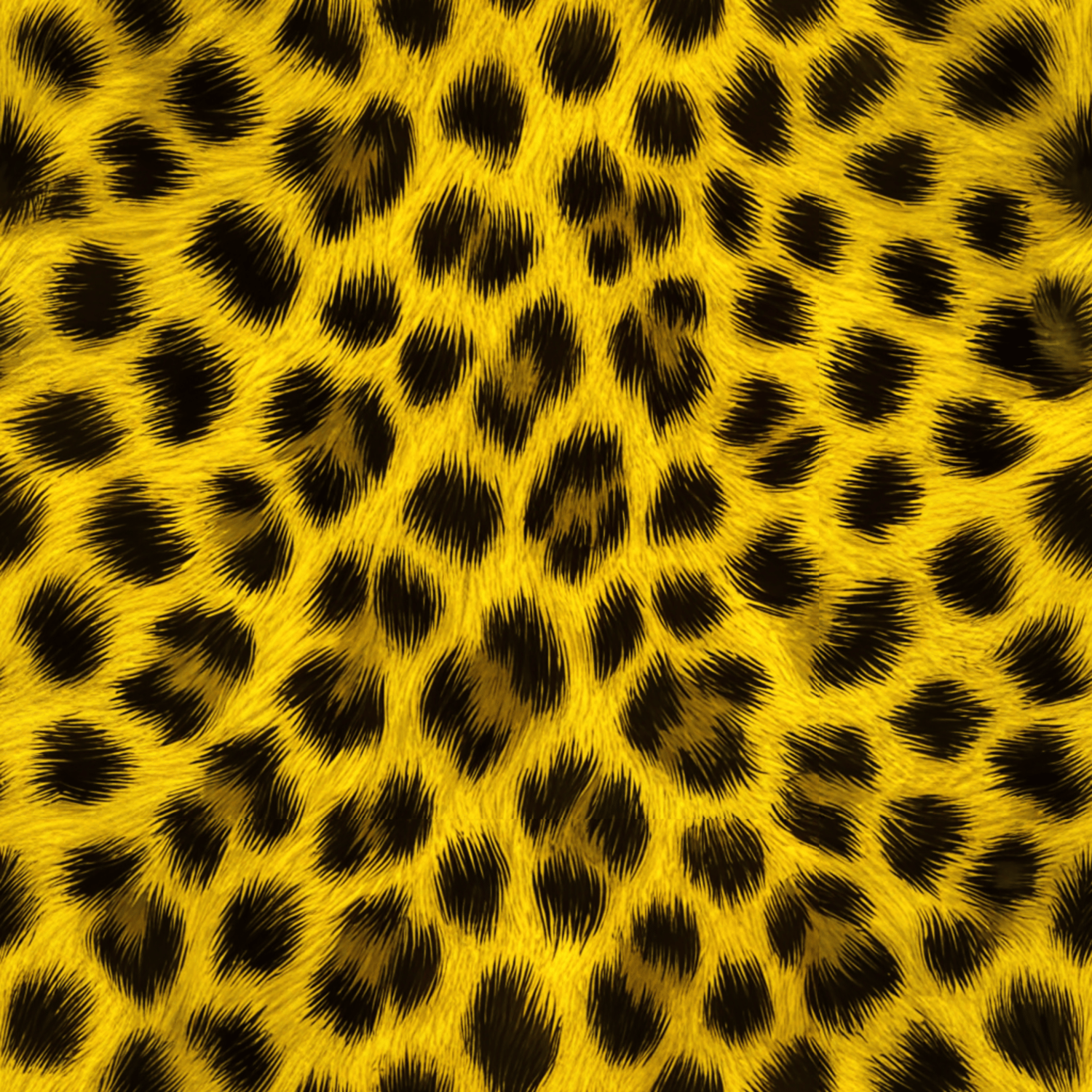In the ever-evolving landscape of design, seamless patterns stand out as a critical component that adds elegance and continuity to various projects. From fashion to digital design, these patterns are celebrated for their ability to create endless, unbroken designs that elevate the visual appeal of any medium. This article delves deep into the world of seamless patterns, exploring their creation, diverse applications, and the unique benefits they offer. Get ready to unlock the magic of unique seamless patterns and take your design game to new heights.
Understanding Seamless Patterns
Seamless patterns, also known as tileable patterns, are continuous designs that repeat without any visible seams or interruptions. They are essential in creating cohesive visuals, particularly in areas where the pattern needs to cover large surfaces or backgrounds seamlessly.
Crafting Seamless Patterns: The Essentials
Creating seamless patterns requires a blend of artistic vision and technical precision. The process starts with designing a single tile that can be replicated without any discernible edges. Ensuring that the edges of this tile align perfectly when repeated is crucial to achieving a seamless effect.
Tools and Techniques for Seamless Pattern Design
There are several tools and techniques designers can use to create seamless patterns:
- Graphic Design Software: Adobe Illustrator and Photoshop are popular choices, offering tools like the Pattern Tool in Illustrator and the Offset Filter in Photoshop to help create seamless designs.
- Hand Drawing: Some designers prefer starting with hand-drawn sketches, which are then digitized and refined using software. This approach can add a personal, artistic touch to the patterns.
- Digital Drawing Tablets: Devices such as Wacom tablets enable designers to draw directly into design software, merging the precision of digital tools with the fluidity of hand-drawing.
The Diverse Applications of Seamless Patterns
Seamless patterns are versatile and find applications across various domains. Here are some key areas where they shine:
Fashion and Textiles
In the fashion industry, seamless patterns are indispensable. They are used to create unique fabrics and accessories that stand out in the marketplace. These patterns can define a brand's identity and set trends in the fashion world.
Interior Design
Interior designers use seamless patterns to enhance the aesthetics of living spaces. From wallpaper and upholstery to curtains and rugs, the right pattern can transform an ordinary room into a stylish haven.
Graphic Design and Digital Media
In graphic design, seamless patterns are used for backgrounds, website design, and branding materials. They add depth and interest to digital projects, making them more engaging and visually appealing.
Packaging and Product Design
Packaging design greatly benefits from seamless patterns. These patterns make products more attractive on store shelves and can convey a sense of quality and uniqueness. They are used on boxes, bags, labels, and wrapping paper.
Advantages of Unique Seamless Patterns
Using unique seamless patterns offers several benefits, enhancing both the aesthetic and functional aspects of design:
Enhanced Visual Appeal
Seamless patterns create a harmonious and cohesive look, making designs more attractive and eye-catching. This is crucial in marketing and branding, where first impressions matter.
Strong Brand Identity
Unique patterns help in building a strong brand identity. Consistent use of a distinctive pattern makes a brand more recognizable and memorable to consumers.
Versatility in Application
Seamless patterns are highly versatile and can be applied to a wide range of products and materials, making them a valuable tool for designers in various fields.
Professionalism
Well-crafted seamless patterns elevate the perceived professionalism of a design. They demonstrate attention to detail and a commitment to quality, enhancing the brand’s reputation.
Choosing the Perfect Seamless Pattern for Your Project
Selecting the right seamless pattern is crucial to the success of your project. Here are some tips to guide you in making the best choice:
Understand Your Audience
Consider who will be viewing your design. Different patterns evoke different emotions and associations. For example, playful patterns may be ideal for children’s products, while sleek, modern designs might suit a tech brand.
Align with the Product
Ensure the pattern complements the product it will adorn. An intricate design may look stunning on a small accessory but could be overwhelming on a larger surface.
Experiment with Multiple Options
Don't hesitate to test different patterns. Use mock-ups to visualize how each pattern will look in real-world applications and choose the one that fits best.
Stay Updated with Trends
While it's important to maintain your brand's identity, keeping an eye on current design trends can provide inspiration and ensure your patterns are contemporary and relevant.
Popular Types of Seamless Patterns
Seamless patterns come in various styles, each offering unique aesthetics. Here are some popular types:
Geometric Patterns
Geometric patterns use shapes like circles, squares, and triangles. They can be simple or complex, often seen in modern and minimalist designs.
Floral Patterns
Floral patterns feature flowers and botanical elements. They range from delicate and subtle to bold and vibrant, suitable for various applications from fashion to interior decor.
Abstract Patterns
Abstract patterns are highly creative, using unconventional shapes and colors. They create striking visual effects and are often used in contemporary designs.
Retro and Vintage Patterns
Retro and vintage patterns draw inspiration from past eras. They evoke nostalgia and add a timeless quality to designs.
Ethnic and Cultural Patterns
Ethnic and cultural patterns are inspired by traditional designs from different cultures. They add depth and cultural significance to a design, making it more meaningful.
Tips for Creating Unique Seamless Patterns
If you're looking to create your own seamless patterns, here are some tips to get you started:
Start Simple
Begin with simple shapes and designs. As you become more comfortable, you can experiment with more complex patterns.
Use References
Look at existing patterns for inspiration. Pay attention to how elements are arranged and how the pattern flows.
Experiment with Color
Color can significantly change the look and feel of a pattern. Try different color combinations to see what works best for your design.
Seek Feedback
Share your patterns with others and ask for feedback. A fresh perspective can help you see areas for improvement.
Practice Regularly
Creating seamless patterns is a skill that improves with practice. The more you create, the better you’ll become.
Real-World Examples of Unique Seamless Patterns
Let's explore some real-world examples where unique seamless patterns have been effectively used:
High-End Fashion Collections
Luxury fashion brands often use unique seamless patterns to distinguish their collections. For example, a high-end brand might use a custom floral pattern on silk scarves, creating signature pieces that are instantly recognizable.
Boutique Packaging Designs
Boutique brands use seamless patterns on their packaging to create a memorable unboxing experience. Beautifully patterned boxes or bags can leave a lasting impression on customers.
Home Decor Series
Home decor brands and interior designers use seamless patterns to create cohesive product lines. A set of patterned cushions, curtains, and rugs can transform a room into a well-coordinated, stylish space.
Digital Product Interfaces
Web and app designers use seamless patterns as backgrounds to make interfaces more visually appealing and engaging. A unique pattern can make a digital product stand out.
Conclusion
In the expansive realm of design, unique seamless patterns are a powerful tool. They offer endless possibilities for creativity and enhance the visual appeal of any project. Whether you're involved in fashion, interior design, graphic design, or packaging, the right seamless pattern can make all the difference. By mastering the art of creating and selecting seamless patterns, you can elevate your designs and create stunning, memorable visuals. Embrace the potential of seamless patterns and let your creativity flourish, transforming your ideas into captivating works of art.


